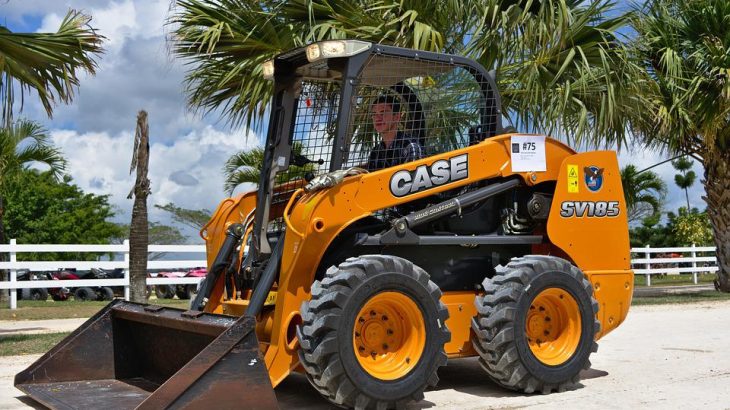We tend to think that handling is an activity that does not require any special skills. Think again; it is a complex task that is very demanding for the human body. It is also an activity that can present many risks. Handling can be categorized into 2 types: manual handling and mechanical handling.
Manual handling
-Definition
Manual handling can be defined as any operation of transporting or supporting a load (moving, placing, pushing, lifting, pulling…). It is an activity that requires a lot of physical effort from workers.
-Risks Related to Manual Handling
The risks related to manual handling are pretty numerous. The fact of lifting, pushing, carrying, or pulling loads requires a lot of physical effort and sometimes even postural constraints. If this is done regularly and relentlessly, joints, muscles, tendons, or bones can be damaged. The most common problems are herniated discs (caused by repeated efforts), muscle fatigue (muscle soreness, cramp), muscle strain or tear (caused by muscle trauma), or low back pain (caused by excessive pressure on the lumbar region).
Thus, to reduce the risks, the employer must take certain initiatives. For manual handling activities, the employer must take into account the physical capacities of the employees, he must give training on the carrying of loads. He must do everything possible so that the employee has fewer twisting movements, extension, and posture too bent forward.
For heavy loads, they should prohibit employees from lifting them if they are on the floor or above the shoulders. The employee can adopt the proper techniques: hold the load close to the chest, place the heaviest part of the load close to the body and adopt a stable position while working.
Mechanical Handling
-Definition
Mechanical handling can be defined as the movement of loads using mechanical devices (aerial work platforms, cranes, or forklifts). Even if mechanical handling allows to reduce the efforts made by the human body largely, it is not without risks.
-Risks Related To Mechanical Handling
The mechanical handling prevents employees from making painful body efforts. However, their use is not without risk. This equipment can lead to spinal pain for employees. The vibrations caused by these devices can also cause health problems. In the long term, these devices can also cause limb injuries (crushing, pricking, shearing, cutting …). Trauma caused by falls, fluids, and crushing can also occur.
To limit the risks as much as possible, the employer must keep an eye on the shape and condition of the machines, their operating condition, their gas and fluid emission rate. He must also instruct the employees so that they can adequately handle the following machines:
- Forklifts
- Cranes (auxiliary cranes, tower cranes, and mobile cranes)
- Lifting platforms and construction machines
To ensure the safety of the operators, the employer must provide them with personal protective equipment (helmet, safety shoes, gloves, and glasses). And finally, the employer and employees must work together to anticipate all potential risks that may arise (malfunctioning and aging of a machine, collision of machines, falling loads …)



















